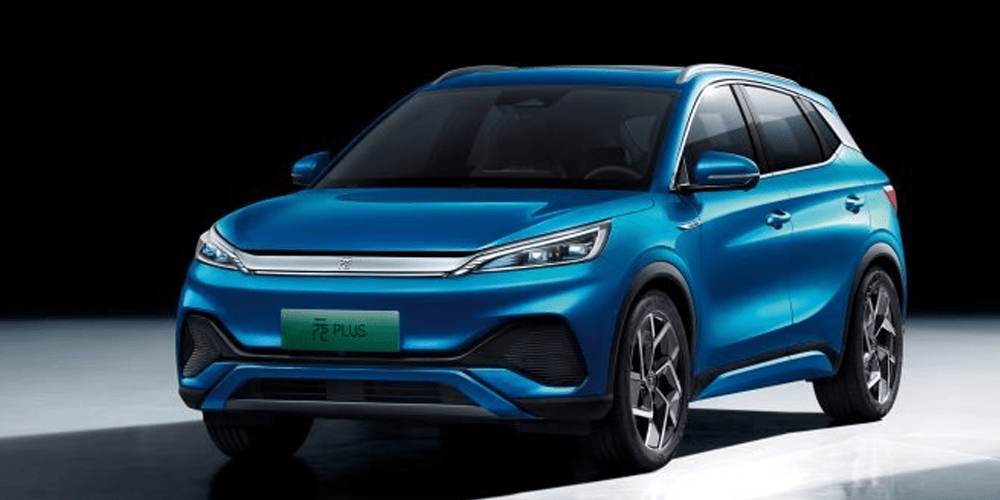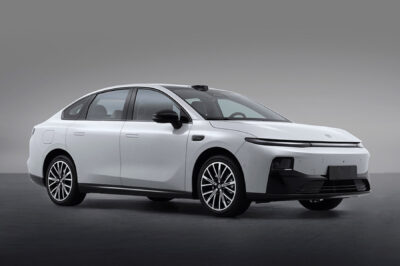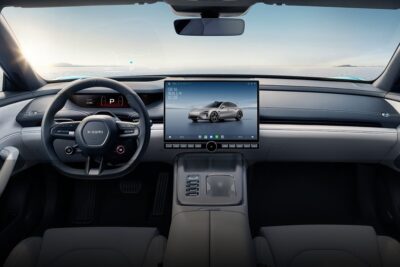China marks over 400,000 NEVs sold in January
In China, 412,000 new energy vehicles (NEVs) were sold in January 2022. This was 141 per cent higher than in January 2021 for electric cars, plug-in hybrids and fuel cell cars, with battery-electric cars, in particular, making gains.
With the 412,000 NEVs, January sales were just below the level of November, but a good bit below the 505,000 units in December. However, the fact that January did not match December in terms of sales figures can also be observed in the market as a whole and not just in NEVs.
How strong January 2022 is is not shown by a comparison with December 2021, but with the same months of the previous year: In January 2020, just 43,000 NEVs were sold in China, almost 90 per cent less. In January 2021, there were 165,000 units. This January, according to the figures of the China Passenger Car Association (CPCA), 141.4 percent more new energy vehicles were sold than in January 2021.
Within the 412,000 NEVs, the share has shifted strongly in favour of battery-electric cars: At 333,000 units, or 80.8 per cent, the vast majority were BEVs, joined by 79,000 PHEVs (19.2 per cent). The definition of New Energy Vehicles also includes FCEVs, but the fuel cell vehicles also come to very low sales figures in China.
Of the 412,000 NEVs, 347,000 were passenger cars, split between 269,000 BEVs and 77,000 PHEVs. Consequently, only 2,000 PHEVs and 64,000 BEVs were among the commercial vehicles. With total sales in January across all powertrains of 2.09 million vehicles, the NEV share was around 19 per cent compared to the 8.4 per cent in January 2021.
In terms of brands, the picture is the same as in previous months: BYD is ahead in NEVs with 93,168 units sold, but Tesla is ahead in pure electric cars with 59,845 vehicles – although Tesla exported 40,499 of these vehicles. BYD comes in at 46,386 units for BEVs. In the NEV category, SAIC is in second place with 72,236 vehicles.
Xpeng ahead of Neta and Nio
Among the Chinese EV start-ups, Xpeng is ahead of Nio. However, both manufacturers have to rank behind GAC Aion and Great Wall Ora, which, however, have the support of disproportionately larger corporations. In January, Neta was also able to move ahead of Nio.
Geely’s figures are also worth mentioning: the group has changed its monthly reports in 2022 and no longer only reports total NEV sales, but also by drive type and brand. Of the 17,928 NEVs, 15,442 were BEVs, up 641 per cent on January 2021, with the e-brand Geometry (10,229 units)m Zeekr accounting for the bulk, with 3,530 sales. Lynk & Co is reported with 18,334 vehicles sold, but this is only HEV and PHEV.
The January figures by brand are not yet complete, however, as not every manufacturer has announced their sales figures yet. For example, sales of VW’s ID. models or SAIC-GM-Wuling’s small electric cars, which are popular in China, are still missing. As soon as they are published, we will provide these figures and update the text and the table.
For better clarity, we have summarised selected brands – without claiming completeness – in the following table. This is not an official ranking by the CPCA, but a compilation by the editorial team.
| Brand | January | Total | Rank |
|---|---|---|---|
| BYD* | 93,168 | 93,186 | 1 |
| SAIC* | 72,236 | 72,236 | 2 |
| Tesla | 59,845 | 59,845 | 3 |
| Geely*,** | 17,928 | 17,928 | 4 |
| GAC Aion | 16,031 | 16,031 | 5 |
| Great Wall Ora | 13,229 | 13,229 | 6 |
| Xpeng | 12,922 | 12,922 | 7 |
| Neta Automobile | 11,009 | 11,009 | 8 |
| Nio | 9,652 | 9,652 | 9 |
| Leap Motor | 8,085 | 8,085 | 10 |
* NEV, including BEV+PHEV, brands without demarkation only sell BEVs
** Includes subsidiary brands such as Geometry, Lynk & Co and Zeekr
With reporting by Sebastian Schaal, Germany.
cnevpost.com (total market), cnevpost.com (Tesla), xiaopeng.com (Xpeng), nio.com (Nio), cnevpost.com (BYD), cnevpost.com (Geely), cnevpost.com (Ora), cnevpost.com (Leap Motor), cnevpost.com (GAC Aion), cnevpost.com (Neta Automobile), cnevpost.com (SAIC)





0 Comments